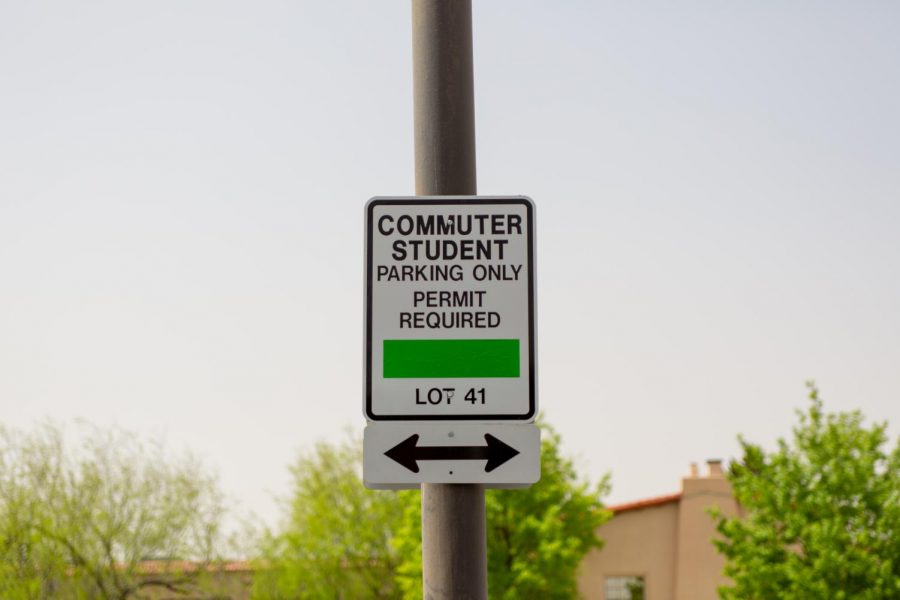NMSU student parking permit prices face inflation for next fall
More stories from Eric Burnside
NMSU parking permit prices will increase by six percent across the board heading into the 2019 Fall semester.
Alongside a six percent tuition increase for the 2019-2020 academic year, New Mexico State University students will also face a six percent increase in parking permit prices.
The NMSU Board of Regents passed the action item with a unanimous vote during their April 5 meeting.
While six percent in tuition is a sizable increase, students will only see an increase of fewer than five dollars when purchasing their next parking permit. The chart below outlines the rate changes that will be put into effect next fall.
[ngg src=”galleries” ids=”8″ display=”basic_imagebrowser”]
According to Kim Huddleston from Auxiliary Services, it is important to recognize this increase as a necessary step toward improving and maintaining our campus’ 13,500 paved parking spaces. Of campus’ 900 acres, over two-thirds of the area is dedicated to parking.
Every three to five years, the school must re-evaluate its maintenance budget. Despite raising $920,000 through parking permits, the evaluated cost of maintaining the spaces is two million dollars, double the current budget.
How does NMSU generate additional revenue? Citations.
“The purpose of citations is not to make revenue or punish students, citations are issued to ensure people who pay for their passes are guaranteed their spot,” Huddleston said.
About $380,000 was raised through citations last year.
Parking maintenance is a costly expense for NMSU. Chamisa parking lot’s crack and seal maintenance cost the school $180,000. Faculty parking lot #78 take up less than half the area of Chamisa’s parking lot and cost $200,000 to rebuild. The average price of striping and painting an individual spot is $20, which adds up when factoring the size of the larger parking lots.
Facilities and Services face a difficult task in monitoring and maintaining 114 parking lots which amount to a square mile of land. Huddleston said this led to a recent parking study conducted by NMSU Facilities and Services.
In 2018, drones were used to conduct a study on the usage of parking around campus. The main purpose of the study was to determine the possibility of implementing a zone parking system. Zone parking is a system that charges more for spaces that are closer to the central buildings and charges less for further lots. Universities such as the University of Houston have conducted similar zone parking studies to incentivize and maximize their parking areas.
The three-month study concluded that most of the parking on campus was not utilized, partly due to the spread-out nature of the campus. The study found that the outlying free lots never reached capacity because they are located so far from central campus.
Facilities and Services worked to solve this issue through the possibility of re-routing Aggie Transit, a free service provided to NMSU students through ASNMSU. In order to fully take advantage of these larger lots, the buses would need to run more frequently.
No changes have been made to Aggie Transit. And although the zone parking study will not restructure the way permits are given out next year, Facilities and Services hope to see an increase in their maintenance budget with the new six percent increase.
“We’re constantly adjusting to meet changes. With the rising price of living and minimum wage, our cost to maintain it (parking lots) changes,” Huddleston closed.
This will be the first time in recent years in which students have seen an increase; the last increase took place in 2014. No comments have been made on whether parking permit prices will continue to rise.

